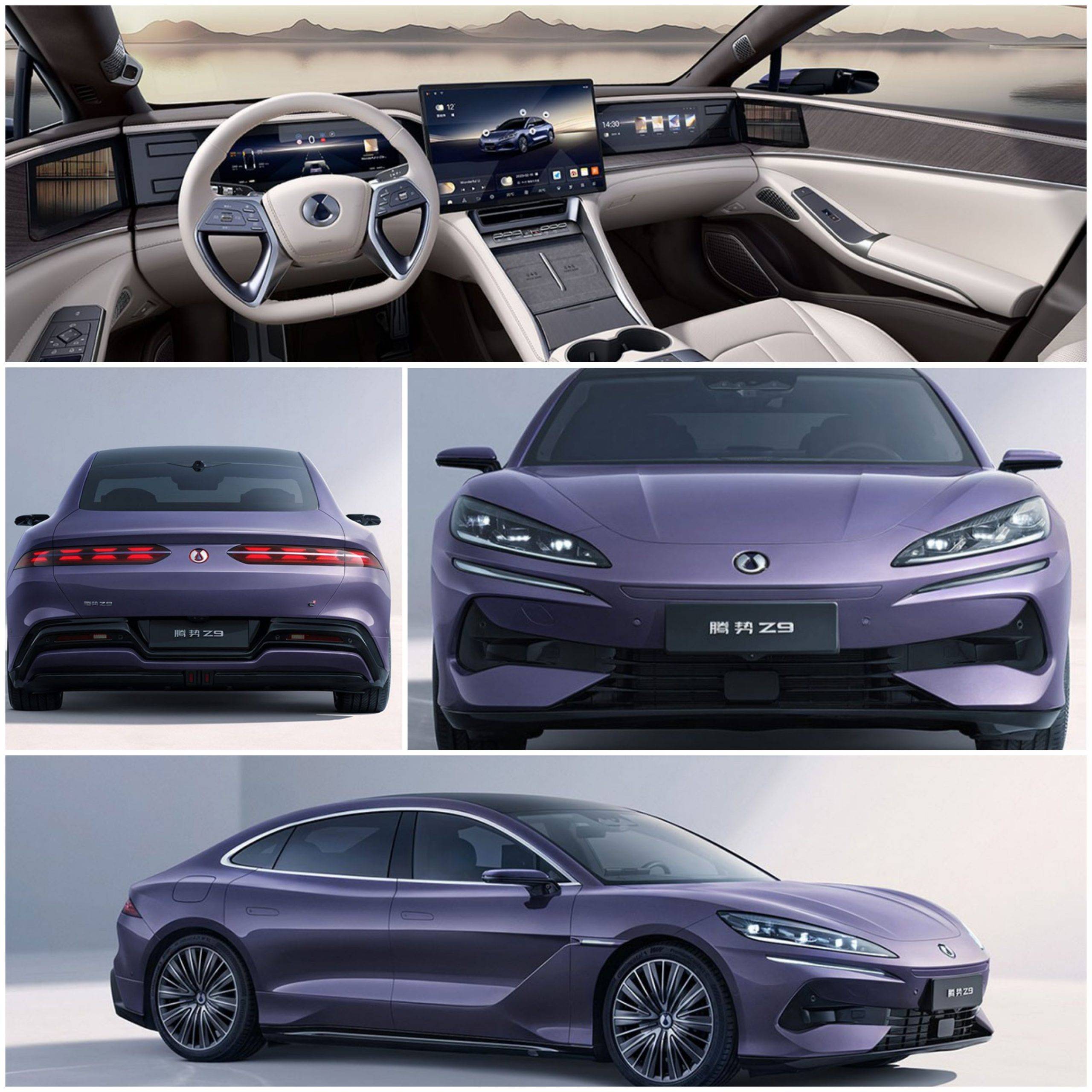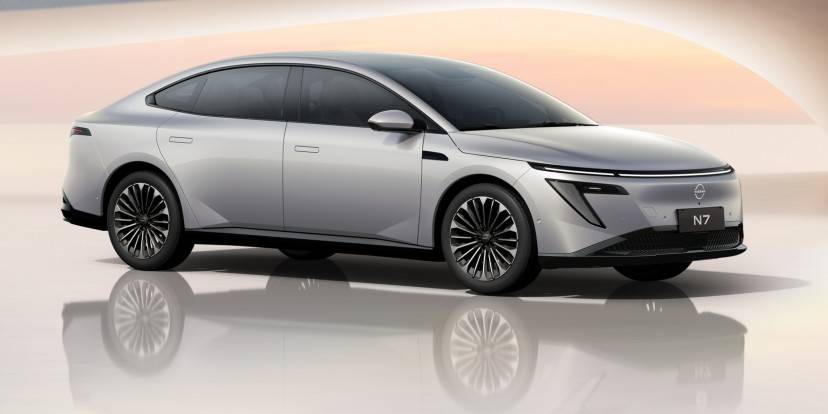YouTube is currently testing a major update to its mobile app that has sparked controversy among users. Many users calling it the “worst change in YouTube’s history.” According to Android Authority, this new YouTube’s swipe feature is being tested on Android devices and could fundamentally alter how users navigate the platform. Although the change hasn’t been officially announced, the trial is already generating mixed reactions.
The update seems inspired by TikTok’s popular swipe-up gesture, which allows users to scroll seamlessly between videos. While YouTube Shorts adopted this vertical navigation style to compete with TikTok, the platform is now extending the swipe-up feature to its standard video player. This move has divided users, as it could disrupt YouTube’s traditional video-watching experience.
What’s Changing?
With the new update, swiping up on a full-screen video will take users to the next video, mimicking the Shorts experience. Additionally, swiping down will open a vertical page showing comments and video options. Swiping from the top displays a recommended video bar or activates picture-in-picture mode, creating a more interactive but potentially intrusive interface.
Critics argue that this new navigation style prioritizes vertical over horizontal viewing, alienating users who prefer YouTube’s classic setup. The update may appeal to users familiar with TikTok-style browsing but risks frustrating long-time users who value manual video selection.
New Features for YouTube Shorts
On a positive note, YouTube Shorts is introducing exciting updates, such as the ability to post 3-minute-long videos. This change provides creators with more flexibility to produce engaging content, positioning YouTube as a stronger competitor against TikTok and Instagram Reels.
User Reactions
YouTube’s swipe feature has faced backlash from users, with many labeling it an unnecessary and disruptive change. While the update aims to modernize the app, critics feel it sacrifices user choice for forced navigation. Whether this feature becomes a permanent addition depends on YouTube’s review of user feedback during the trial period.
Conclusion
YouTube’s decision to test a swipe-up feature for standard videos reflects the platform’s push to evolve with modern trends. However, user dissatisfaction could compel the company to reconsider its approach, balancing innovation with its legacy interface.











